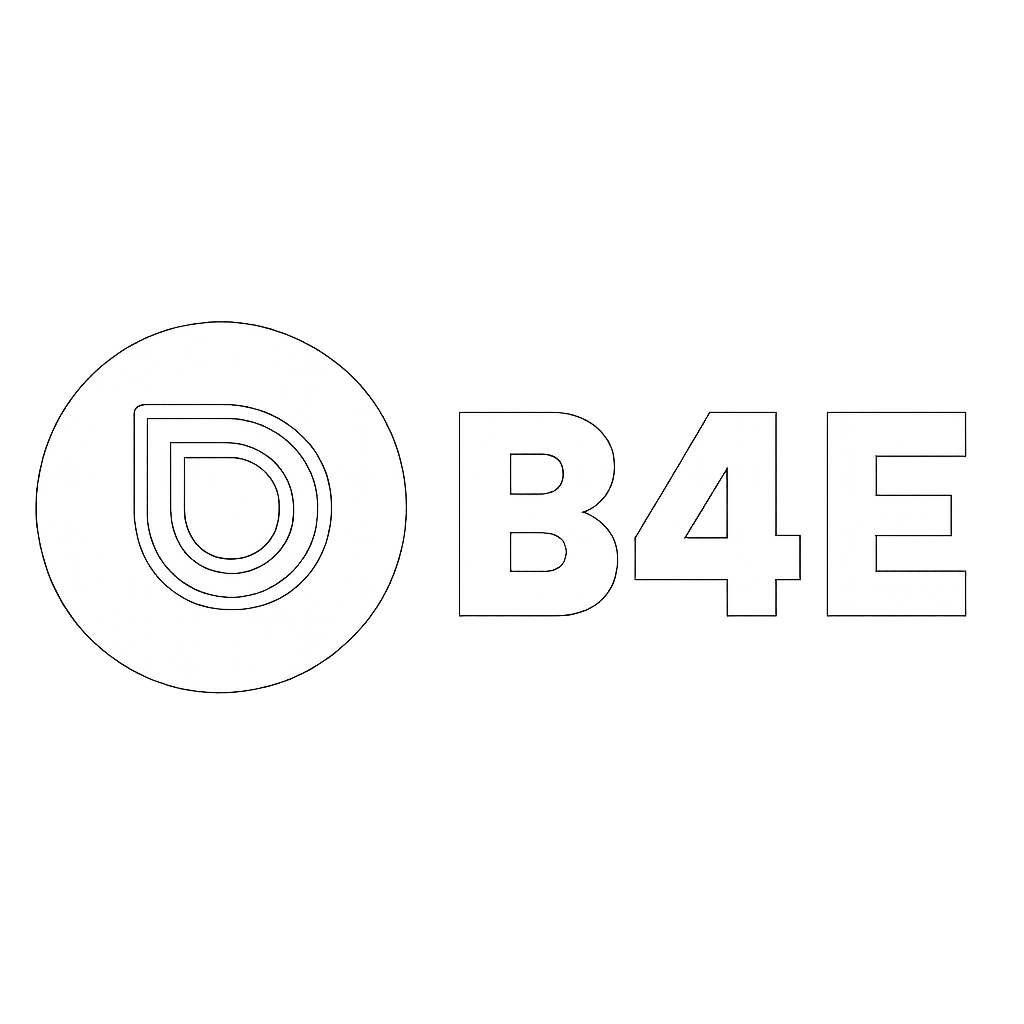American tech giant Visa Inc. continues its deeper push into the stablecoin payments sector, adding fresh support for USDG and Paypal USD (PYUSD) through a strategic partnership with Paxos. This expansion offers additional pathways for settling transactions using digital dollars and heightens competition among stablecoin issuers across the United States.
Visa Partners with Paxos for Enhanced Settlement Options
Visa’s collaboration with Paxos brings two U.S. dollar-backed stablecoins, USDG and PYUSD, directly onto its settlement infrastructure. The move responds to increasing demand from fintech and crypto firms seeking faster money transfer methods that don’t rely exclusively on traditional banking systems.
Many of these companies already operate within the Global Dollar Network, which champions cross-border digital dollar usage. This partnership represents another significant collaboration for Visa this year, following January’s announcement of a partnership with Elon Musk’s X to develop future payment systems under the X Money initiative.
🔥 BREAKING: Visa adds support for PYUSD, USDG, and EURC stablecoins.
Stellar and Avalanche join Ethereum and Solana for onchain settlement. pic.twitter.com/mecxicVSyq
— Cointelegraph (@Cointelegraph) July 31, 2025
Cuy Sheffield, Visa’s crypto division leader, noted that the company aims to address growing demand for onchain settlement capabilities. Sheffield emphasized Visa’s commitment to providing partners with expanded choices beyond limited coin options, positioning USDG as a direct competitor to RLUSD and similar tokens seeking dominance in digital payments.
Visa has traditionally facilitated settlement transactions for banks and businesses using conventional currencies. The company now extends these same services to digital currencies, having already processed hundreds of millions of dollars in stablecoin payments. The USDG addition represents another milestone in building comprehensive onchain settlement infrastructure.
This development builds upon Visa’s earlier work with Circle, which brought USDC to the platform. However, the current expansion demonstrates Visa’s strategy of diversifying beyond single-coin partnerships and individual company relationships.
Blockchain Network Expansion and Euro Integration
Visa’s stablecoin ambitions extend beyond USDG integration. The company has added support for Stellar and Avalanche blockchains, enabling these networks to process additional stablecoin payments beginning with USDC transactions.
For the first time, Visa introduces EURC, a euro-backed stablecoin marking the platform’s inaugural non-USD digital currency offering. This expansion reflects Visa’s broader vision of supporting multiple stablecoins across various blockchains and currencies.
Sheffield outlined the company’s long-term objective of building systems that serve partners regardless of geographic location. As developers create innovative applications and card products connected to stablecoins, Visa positions itself for widespread adoption across the digital payments landscape.
Stablecoin integration has evolved from experimental testing to a fundamental component of Visa’s payment strategy. The company’s continuous addition of new coins and blockchain networks signals the permanent establishment of stablecoins in mainstream financial infrastructure.
Market observers view Visa’s stablecoin expansion as particularly significant following President Trump’s signing of the GENIUS Act. This legislation supports blockchain innovation with specific emphasis on stablecoin development and adoption.
Meanwhile, Western Union demonstrates growing industry confidence in stablecoins, with CEO Devin McGranahan announcing plans to integrate these digital assets into the company’s global payments network. This trend reflects broader institutional acceptance as U.S. regulatory frameworks continue evolving to accommodate digital currency innovations.
Broader Market Implications
Visa’s expanded stablecoin integration signals growing institutional confidence in digital payment infrastructure and may accelerate mainstream adoption of blockchain-based settlement systems. The partnership strengthens the competitive landscape for stablecoin providers while potentially increasing transaction volumes across supported networks.




















Leave a comment